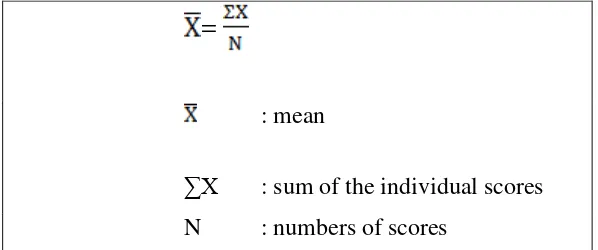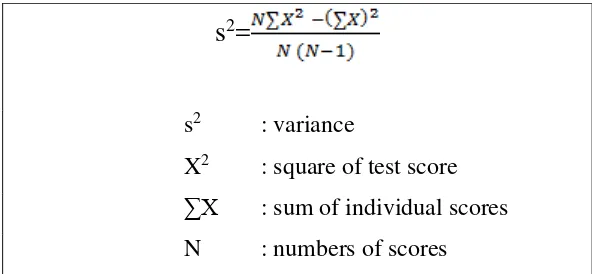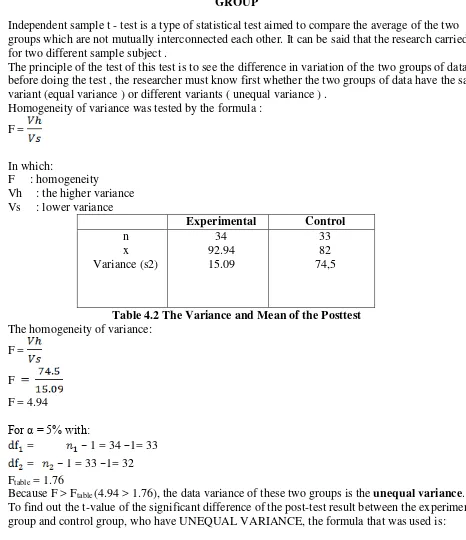Informasi Dokumen
- Penulis:
- Eko Wahyu Darmawan
- Pengajar:
- Drs Suprapto, M. Hum.
- Sekolah: Semarang State University
- Mata Pelajaran: English Department
- Topik: The Comparison Between CIRC (Cooperative Integrated Reading and Composition) And Jigsaw To Teach Recount Text
- Tipe: final project
- Tahun: 2015
- Kota: Semarang
Ringkasan Dokumen
I. INTRODUCTION
This section introduces the study's context, emphasizing the importance of English as a global language and the necessity of mastering its four skills: listening, speaking, reading, and writing. It highlights the challenges teachers face in creating engaging learning environments and the need for innovative teaching strategies to enhance student motivation and comprehension.
1.1 Background of the Study
The background elaborates on the significance of English in global communication and the educational framework in Indonesia, particularly the 2013 curriculum. It discusses the traditional methods of teaching reading and the necessity for more interactive strategies like cooperative learning to foster better comprehension.
1.2 Reasons for Choosing the Topic
The rationale behind selecting this topic is presented, focusing on the prevalence of Jigsaw as a teaching method and the lesser-known CIRC technique. The researcher aims to explore the effectiveness of CIRC in comparison to Jigsaw in teaching recount texts.
1.3 Research Problems
This subsection outlines the key research questions, specifically the difficulties students face in reading and the comparative effectiveness of CIRC versus Jigsaw in teaching recount texts.
1.4 Objectives of the Study
The objectives focus on identifying student difficulties in reading comprehension and determining which teaching method, CIRC or Jigsaw, is more effective for teaching recount texts to the target student group.
1.5 Significances of the Study
The significance of the research is discussed in three aspects: theoretical contributions to educational practices, practical implications for teachers, and pedagogical guidance for improving student engagement and learning outcomes.
1.6 Limitations of the Study
This section identifies the study's limitations, including its focus on a specific student population and the narrow scope of comparing only two teaching methods for a particular text type.
1.7 Outline of the Study
The outline provides a roadmap of the study, detailing the structure and content of each chapter, from introduction to conclusion.
II. REVIEW OF RELATED LITERATURE
This chapter reviews existing literature relevant to the study, focusing on previous research findings about CIRC and Jigsaw techniques, their theoretical underpinnings, and their application in educational settings.
2.1 Previous Studies
A summary of previous research studies is provided, showcasing the effectiveness of CIRC and Jigsaw in enhancing reading and writing skills. It highlights various methodologies and outcomes, emphasizing the need for further comparative studies.
2.2 Theoretical Review
This section discusses the theoretical frameworks supporting cooperative learning, particularly CIRC and Jigsaw, explaining their principles, processes, and the educational benefits they offer.
2.3 Framework of the Analysis
The framework outlines the analytical approach used in the study, detailing how the effectiveness of CIRC and Jigsaw will be measured and compared based on student performance in reading comprehension.
III. METHODS OF INVESTIGATION
This chapter details the research design and methodology employed in the study, including participant selection, data collection methods, and analytical techniques.
3.1 Research Design
An experimental design is utilized, involving pre-tests and post-tests to assess student performance before and after the application of the teaching methods. The rationale for this design is discussed.
3.2 Research Object
The research object consists of 67 eleventh-grade students from SMA N 1 Pegandon, with details on how participants were selected and grouped for the study.
3.3 Research Variables
This section identifies the independent and dependent variables in the study, clarifying how they relate to the research questions and objectives.
3.4 Hypothesis
The hypotheses are stated, predicting the expected outcomes of using CIRC and Jigsaw in teaching recount texts and their impact on student comprehension.
3.5 Research Instruments
Details are provided on the instruments used for data collection, including tests, observation sheets, and questionnaires, ensuring reliability and validity.
3.6 Method of Collecting Data
The methods for data collection are outlined, including the administration of pre-tests and post-tests, as well as observation of classroom interactions during the teaching interventions.
3.7 Method of Analyzing Data
This section describes the statistical techniques used to analyze the data collected, including t-tests to compare the effectiveness of the two teaching methods.
IV. RESULT AND DISCUSSION
The results and discussions chapter presents the findings of the study, analyzing the data collected from pre-tests and post-tests, and discussing their implications for teaching practices.
4.1 The Description of SMA N 1 Pegandon
An overview of the school context is provided, including demographic information about the student population and the educational environment.
4.2 Preparation of the Research
This section discusses the preparatory steps taken before conducting the research, including lesson planning and resource allocation.
4.3 Primarily Observation
Initial observations of student interactions and engagement levels during reading activities are reported, providing context for the experimental phases.
4.4 The Result of the Study
The findings from the pre-tests and post-tests are presented, highlighting improvements in reading comprehension scores between the two groups.
4.5 T-Test Analysis of Post-Test between Experimental Group and Control Group
Statistical analysis results are discussed, including t-test outcomes that indicate the significance of the differences observed between the two teaching methods.
4.6 The Difference between Pre-Test and Post-Test of Experimental Group and Control Group
This subsection elaborates on the comparative improvements in scores between the experimental and control groups, reinforcing the effectiveness of CIRC.
V. CONCLUSION AND SUGGESTIONS
The final chapter summarizes the study's findings and offers practical suggestions for educators based on the results.
5.1 Conclusion
The conclusion synthesizes the main findings, affirming that CIRC is more effective than Jigsaw for teaching recount texts to the studied population.
5.2 Suggestion
Recommendations for teachers are provided, encouraging the adoption of CIRC as a viable teaching strategy for enhancing reading comprehension skills.







